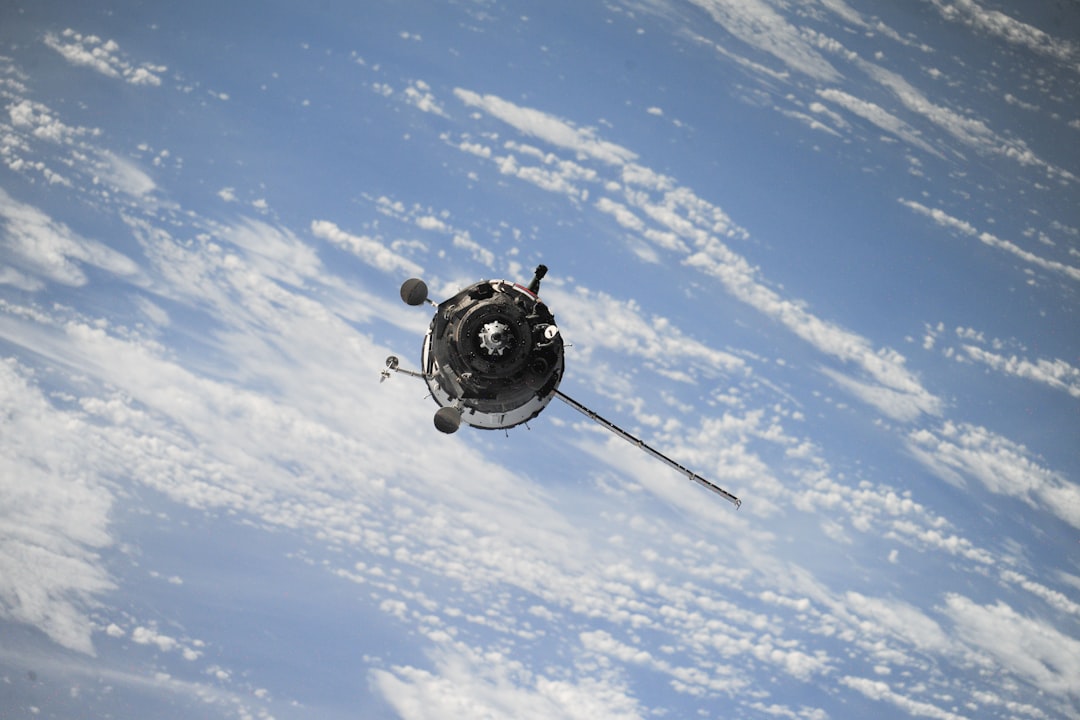What is it about?
What is Sedna? Sedna is a small space object currently located at a distance of 80 AU from Earth. Sedna with its aphelion of about 1000 AU and a period of about 11 thousand years was classified by the discoverers as the object of the inner part of the hypothetical Oort cloud. It is worth noting that the physical composition of Sedna is close to the Kuiper Belt objects, but it is assumed that the orbit of Sedna could be changed as a result of dynamic effects, in the early stages of solar system formation. However, Sedna could have been captured from interstellar space or its orbit could have been altered by the gravity of the approaching Solar System of the Scholz star. It is worth noting that Sedna is currently moving toward its perihelion, which is expected to occur in 2074, and the next opportunity to study it will not appear earlier than in 10-11 thousand years. In our article we analysed an opportunities of mission to Sedna. The main goal of our work is the flight trajectories to Sedna that requires no more than 6.2 km/s for time of flight 20 years for launch in 2029.
Featured Image

Photo by NASA on Unsplash
Why is it important?
Studying Sedna and another small trans-Neptunian bodies might provide us an unique knowledge about the earliest stage of the Solar System evolution. Also such flight is importnat for improving the steps of all humanity to the interstellar space.
Read the Original
This page is a summary of: Analysis of mission opportunities to Sedna in 2029–2034, Advances in Space Research, June 2021, Elsevier,
DOI: 10.1016/j.asr.2021.05.035.
You can read the full text:
Contributors
The following have contributed to this page










